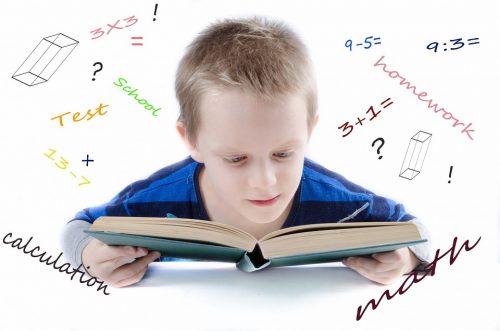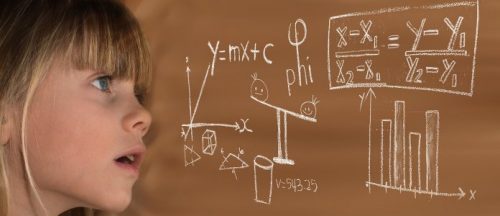
While most of us have spent time knowing the challenges of raising a child with ASD, it’s about time that we celebrate their strengths. We should be spending more time appreciating their strengths so we could be instruments to unleash their capabilities. Here are 5 among the many strengths of a child with ASD:
Powerful Rote Memories
“There are sensory issues to consider, educational decisions to be made, medical interventions, safety concerns, and therapeutic decisions, to name just a few.” Janeen Herskovitz, MA, LMHC emphasizes. Despite having difficulties in communicating with people, children with ASD surely remember these interactions well. One of their most prominent strengths is their rote memories which focus on memorization. They can memorize long conversations, book chapters, song lyrics, and the like. Compartmentalized learning, which is a way of teaching kids by organizing lessons into buckets of related ideas, plus repetition largely complements this ability of theirs.
Good Reading Ability
“Traditionally, intervention for children with Autism Spectrum Disorder (ASD) has focused upon reducing interfering behavior and teaching language, academic and self-help skills.” Marlene Driscoll, MA, LMFT said. Kids with ASD show early signs of their ability to decode written language. At an early age, they could already spell out words longer than 3 or 4 letters, something that not all children can handle. However, teachers and parents have to be careful in supplementing this ability by guiding them incomprehension. Sometimes, children with ASD may find it difficult to separate facts from inferences or hard truths from subjective opinions.

Visual Learning And Comprehension
Pictures can be used to teach children with ASD to address some difficulties regarding the comprehension of emotions and feelings. Visual materials provide more concrete ideas to them that are easier to grasp.
Children with ASD tend to comprehend messages through pictures more quickly, and these visual memories would last longer than ideas communicated through speech. Using more visual aids, then, both at home and in school would be a great help in creating and keeping learning memories for children with ASD.
Above Average Math Knowledge
In one study, children with ASD did better on standardized math tests despite the fact that the topics weren’t previously discussed with them. New studies suggest that the reason behind this is that children with ASD have slightly different brain organization than those who don’t.

They are more likely to break down the problem into smaller bits rather than focus on counting. For them, the part of the brain responsible for the recognition of objects was working when they solve math problems, which is a different brain behavior.
Creative Talent
Another study revealed a strong link between autism and creativity. They show resourcefulness and their ideas are uniquely beautiful. Their creative juices are rather diverse, dynamic, and out-of-the-box rather than static and rigid. This imagination brings forth creative ideas that show themselves in pieces of artwork, a colored drawing, a self-portrait, and similar artistic outputs. But note, “It is important to help people with autism notice when they are stuck on details. Over time they can get in the habit of recognizing when they are focused at the detail level and learn to zoom out to see the big picture.” John Strang, Psy.D. explains.

Despite these learning strengths, not all children diagnosed with ASD are the same. While some of them may have a real knack for math, some may find themselves flourish in art. Because of this, the approach of both teachers and parents should likewise be tailored-fit to the child’s needs to maximize their potentials to the greatest possible extent.
